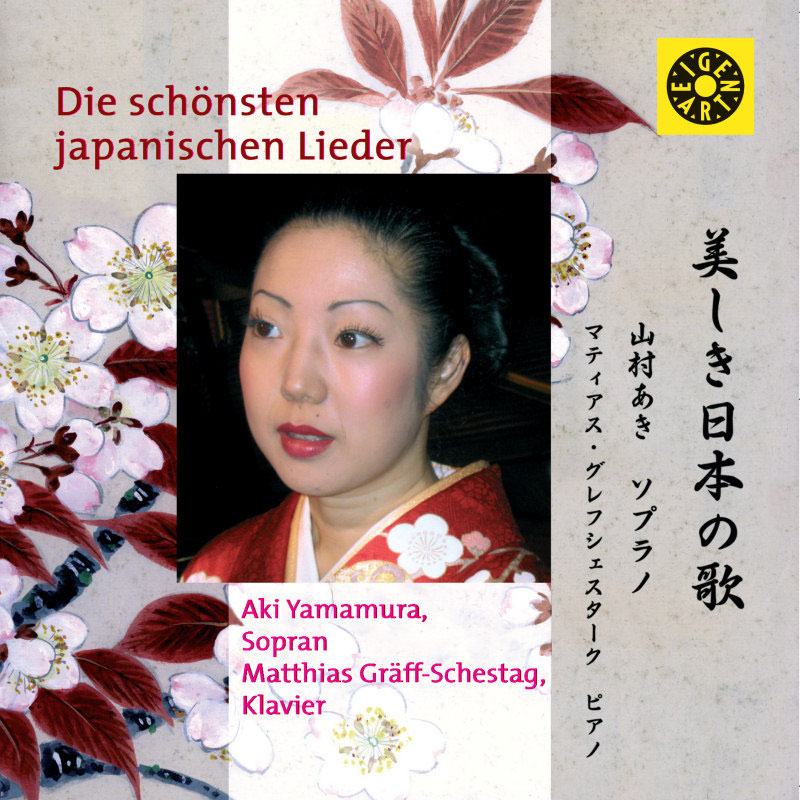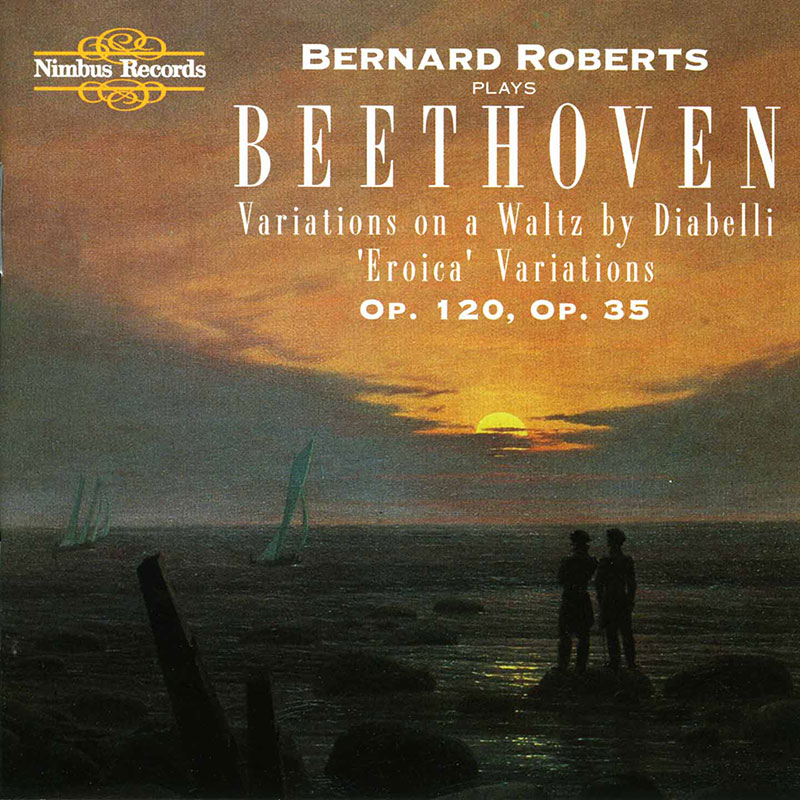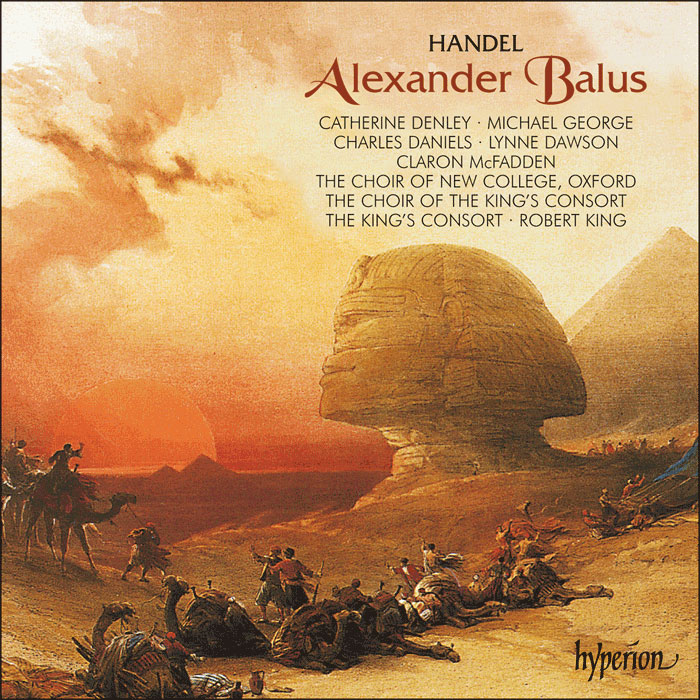Logowanie
Mikołaj - ten to ma gest!
Elton John, The Mamas & The Papas, Cat Stevens, Rod Stewart, Bobbie Gentry, Stevie Wonder, Engelbert Humperdinck
Memory Lane
Edycja Numerowana - 1000 egzemplarzy w skali światowej
RACHMANINOV, Eiji Oue, Minnesota Orchestra
Symphonic Dances / Vocalise
Best Recordings of 2001!!! NAJCZĘŚCIEJ KUPOWANA PŁYTA Z RR!
Karnawał czas zacząć!
Music of Love - Hi-Fi Latin Rhythms
Samba : Music of Celebration
AUDIOPHILE 24BIT RECORDING AND MASTERING
CHOPIN, LISZT, DEBUSSY, DVORAK, Gerhard Oppitz
Dances romantiques - A fantastic Notturno
Wzorcowa jakość audiofilska z Clearaudio
Winylowy niezbędnik
ClearAudio
Double Matrix Professional - Sonic
najbardziej inteligentna i skuteczna pralka do płyt winylowych wszelkiego typu - całkowicie automatyczna
Aki Yamamura, Matthias Graff-Schestag
Beautiful Japanese Songs
- 1. Kirschblüte
- 2. Kirschblütenallee
- 3. Geisha Oroku
- 4. Dieser Weg
- 5. Kirschblütenallee
- 6. Süßigkeiten und Mädchen
- 7. Manjushage
- 8. Gute Nacht
- 9. Lärche
- 10. Der Ball und der Fürst
- 11. Rotlibelle
- 12. Gondellied
- 13. Nara Berg
- 14. Bitterorangenblüte
- 15. Salbei
- 16. Herbsthimmel
- 17. Mondblume
- 18. Hortensie
- 19. Westjapanisches Wiegenlied
- Aki Yamamura - vocal
- Matthias Graff-Schestag - piano
Beautiful Japanese Songs = by KOSAKU YAMADA, SADAO BEKKU, KUNIHIKO HASHIMOTO, YOSHINAO NAKADA, HIDEO KOBAYASHI, SHINPEI NAKAYAMA, IKUMA DAN, KOZABURO HIRAI, RYOSUKE HATANAKA, TADASUKE ONO – Aki Yamamura, soprano/ Matthias Graff-Schestag, piano – EigenArt 10380, 51:27 ***: Most of the composers on this very frustrating release are from the late 1800s-early 1900s, only one still living, but the musical language is quite conservative. It is also rather hybrid—one second glorying in pentatonic splendor, and then moving into a Schumannesque reverie of tragic proportions. It just goes to show you that you can’t peg Japanese classical music with any degree of certainty. I have an album of “Japanese Orchestral Favorites” that is quite wonderful, and quite eclectic (Naxos), and we all know composers like Takemitsu and his ilk, but the “lieder” on this album is pretty much of the same stripe. That’s not a bad thing—there are some excellent songs here, some quite ravishing. I only wish there had been some other language than Japanese and German in the notes, for without it, I feel this will have a limited market in the States. It’s a little hard to make out German when you know only a little of it, and the Japanese—well, let’s just say it’s for specialists only. I have listed each composer in the heading because I feel that they deserve it, and even now I am a bit taken aback on track 9, “Larches”, a tree found mostly in the boreal forests of Russia and Canada, and am startled at how descriptive and poignant the music is from someone from a Far Eastern island, writing music that is completely devoid of any Asian influences at all. Or “The Ball and the Prince”, a rollicking, bluesy piece that meanders from the silly to the serious within one phrase. Truly a mixed bag stylistically, and I did enjoy most every track! But I do feel that I am being cheated by not knowing anything about the composers or this music, and EigenArt, whoever they are, should have been more considerate. Aki Yamamura (shown on the cover in a beautiful traditional kimono) has, for the most part, a fine voice that loses some focus when she gets excited in the louder, more dramatic passages. Matthias Graff-Schestag plays this music as if second nature and one can find little to complain about in the performances. Nevertheless, I am only slightly enthusiastic because of the bad production values, except for the sound, which is clear and vibrant. Primarily for the curious, bored, or Asian-obsessed. -- Steven Ritter































.jpg)

